Having pushed through an academic year with two new courses developed on the fly, with incredible student success but little time to recharge, I had no appetite for teaching a class this summer.
Thanks to a faculty renewal program at the University of Florida College of Journalism and Communications — where I teach classes focusing on multimedia reporting as well as race, sports and culture — I instead spent seven weeks as a visiting academic fellow with the Los Angeles Times.
Assigned to the sports department, I earned seven bylines from the 2023 men’s U.S. Open golf championship in June as well as from Hollywood and SoFi Stadium in July. Quite exhilarating for a former government and courts reporter who became a journalism educator 13-plus years ago.
I also observed how certain reporters do their jobs these days — shout out to Angels beat writer Sarah Valenzuela, who on my first day with the Times let me shadow her at a game in which Shohei Ohtani pitched and hit a home run at Angels Stadium — and had or listened to great conversations with them and their editors about sports journalism and journalism at large.
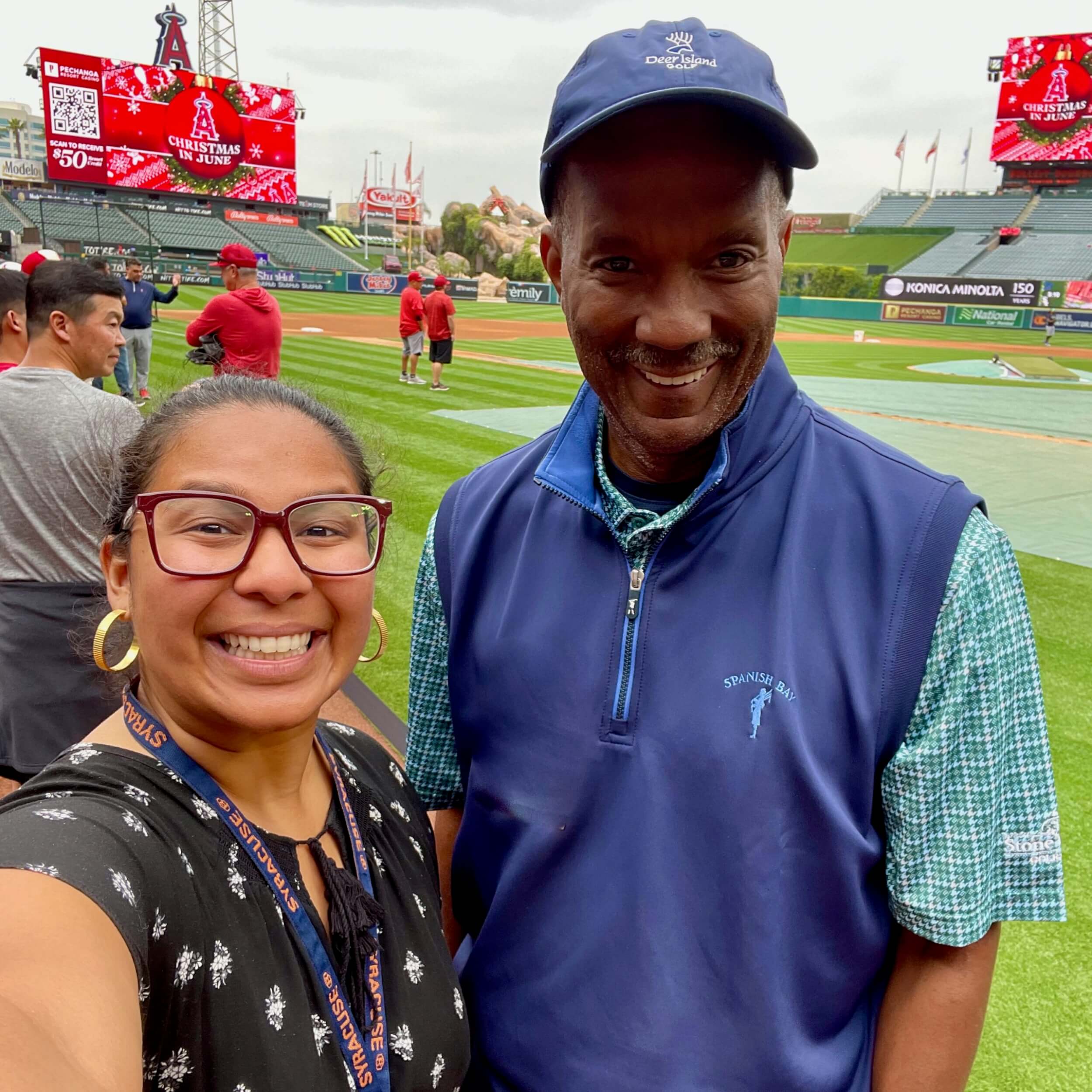
Los Angeles Times reporter Sarah Valenzuela allowed Lowe to shadow her during a game in which Shohei Othani pitched and hit a home run at Angels Stadium. (Courtesy: Herbert Lowe)
I saw how newsrooms operate today, all to better help my students navigate their course assignments and readiness for internships and the industry; increased my readiness in the realm of thought leadership with respect to, yes, journalism and media, but also within race, sports and culture; and broadened the pool of industry and academic experts who could be class speakers and touch points.
All of this as the Times lost 74 positions — or roughly 13% of its newsroom — to layoffs; most of the staff, still owing to the pandemic, still work from home, and one of the nation’s leading sports departments updated its print section in an effort to remain relevant to its readers.
With fall classes having begun at UF and elsewhere, here are a few takeaways from my experience.
What is the audience saying about the coverage? B.J. Terhune, the assistant managing editor for breaking news, showed me how her team of reporters judges how each of their stories resonates. Five thousand pageviews counts as a win, while less than 2,000 begs three questions: Were we late to the story or in getting it posted online? Was the headline lame? Did we bring something new to whatever was happening?
The stories the 80 students in my multimedia reporting course have published — five days a week on the NPR- and PBS-affiliated WUFT News in north central Florida — naturally won’t match the audience size of a metro news site. However, given how the Times and likely all other newsrooms are paying much closer attention to pageviews, I intend to change how to choose which student stories to spotlight during my weekly lectures. Pageviews earned will factor a lot more, and I have asked our lab instructors to use that info when evaluating story pitches.
The bar for reporters getting their stories into the sports section just got higher. “This can encourage a lot of good things for online and digital and audience engagement,” Iliana Limón Romero, the assistant managing editor for sports who supervised my fellowship and assigned and edited my stories, said of her updated section. Adding that it’s “the strongest pieces that connect,” Romero also said: “Let’s not try to pass ourselves off as a watered-down version of what we were. Don’t tell me what they said at the presser afterward. Surprise me.”
Given the diminishing reliance on game stories, should student sports reporters still learn how to do them? Absolutely, Romero said, while adding that all of her reporters, no matter the sport, must do what she calls “flash” stories. They are essentially short articles that quickly relay the game or match outcome within 10 minutes of the final horn or umpire’s call. “Everything that’s new and emerging within the industry — on every platform, and in everything they’re going to be asked to do during the course of their careers — is going to rely on the fundamentals,” she said. “Within sports journalism, the ability to roll up and to quickly turn around the game story is going to help them with entry-level jobs at places that still very much do that.”
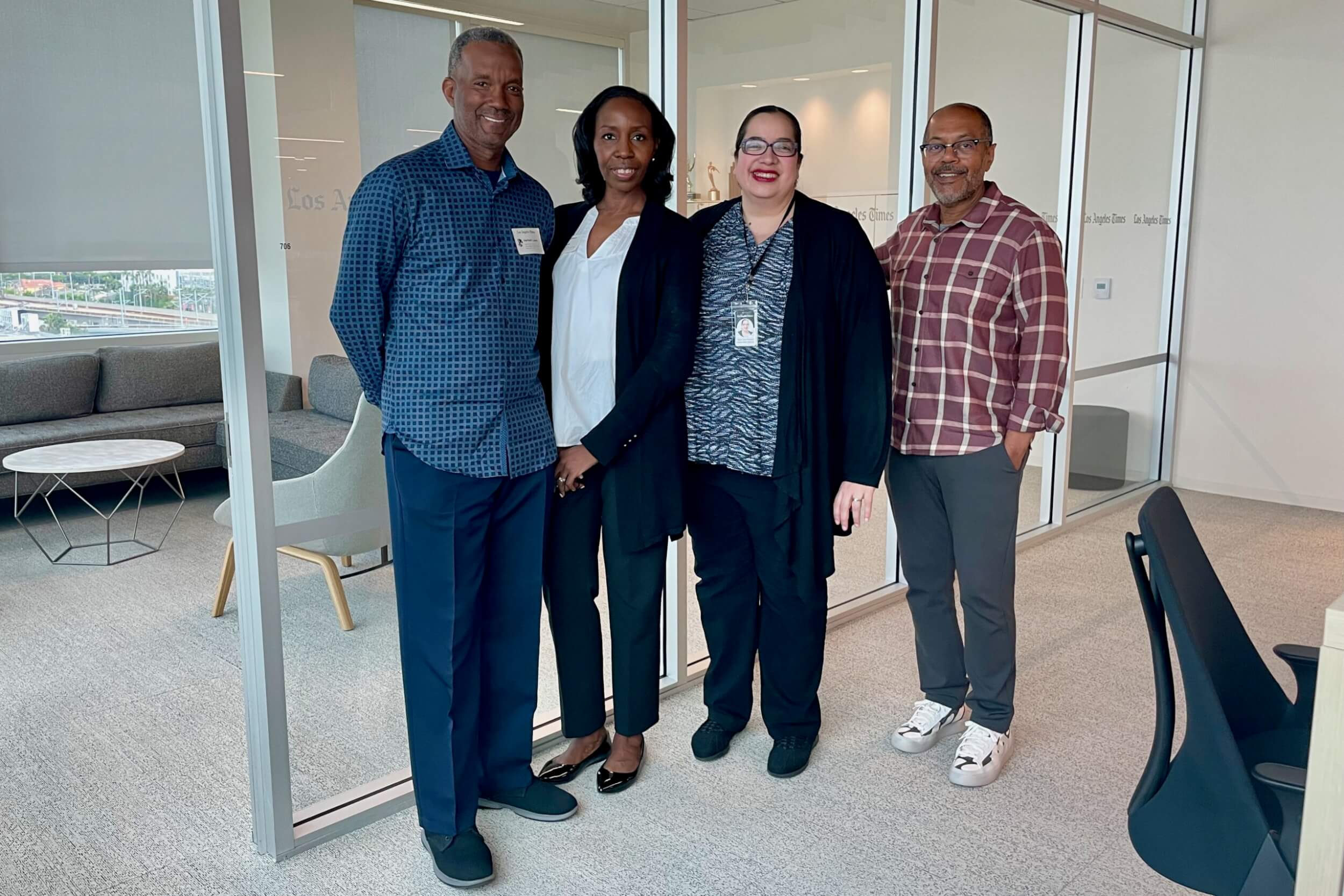
UF senior lecturer Herbert Lowe shares a moment at the Los Angeles Times with his wife Mira Lowe (left), Iliana Limon Romero, assistant managing editor for sports, and Kevin Merida, the executive editor. (Courtesy: Herbert Lowe)
That said, Romero still wants stories with lots of voices and perspectives in them. “You care about people,” she said of my reporting and writing style. As an instructor with many students aspiring to sports media or communication careers, but who must pursue community journalism in my class, here’s hoping they will find inspiration from these stories:
- U.S. Open at LACC Offers Diverse Interns a Glimpse of What It Takes to Host Big Events
- After No Black Golfers Qualify for U.S. Open, USGA President Pushes to Improve Access
- Dorsey and Lincoln Football Teams Visit SoFi, Learn About Leadership From Rams and RISE.”
Listicles are more popular than I had imagined. A quick look at the Weekend tab on the Times’ mobile apps reveals a heavy reliance on what-to-do and where-to-go lists. From “25 terrific things to do in L.A. before summer ends” to “16 favorite places to slurp down oysters in L.A. this summer” to “9 little-known ways to see the Hollywood sign,” the lists keep coming. Indeed, my “Ranking 25 Films About Sports and Moving Black America Forward” is easily the one my friends and colleagues say they most enjoyed. Hoping students in my advanced multimedia course and otherwise find inspiration from this impressive Times map-generated listicle: “Yes, you should plan a summer trip around baseball. A guide to all 30 MLB ballparks.”
An opinion writer doesn’t always have to come down on one side or the other? No, said Terry Tang, the Times’ editorial page editor, much to my surprise and interest. As someone focusing on race, sports and culture myself, I asked Tang what makes LZ Granderson, an op-ed columnist who often writes about the intersection for the paper, so successful. “I like the fact that he can be in a quandary. He doesn’t always need to come down as pro-this or anti-this. … He always allows for some sense that it’s not an easy decision. … If you can express the reasons for that, then the reader will carry that away.”
No surprise here — always tell your editor when something odd happens while on assignment. During a film festival for Black sports documentaries in Hollywood, an event sponsored by one of LeBron James’ entertainment companies — and for which I was to do both an article and a commentary — Joel Embiid, the 76ers center and league MVP, said on stage that he wants to win an NBA championship, notably whether with his current team or with another one.
As a Sixers fan, his remark raised my eyebrows, for sure. Given the amount of work already ahead of me, however, I put it out of my head. Three days later, it became national news. I repentantly later brought it up with Romero. She politely ratified what I already knew, and said if I had texted her soon after Embiid’s utterance, she would have directed me to quickly offer a 200-word brief.
Here’s hoping this reporting failure won’t diminish whatever street cred my Los Angeles Times experience grants me with my students. I’m taking comfort in Romero’s assertion early on that while they have limited tolerance for war stories, “They’re always there for the L’s.”
In any case, I also hope my fellowship inspires other journalism colleges and faculty to offer and pursue similar renewal opportunities within newsrooms. I’m certainly recharged and ready for another successful academic year. Imagining my colleagues elsewhere would be as well.
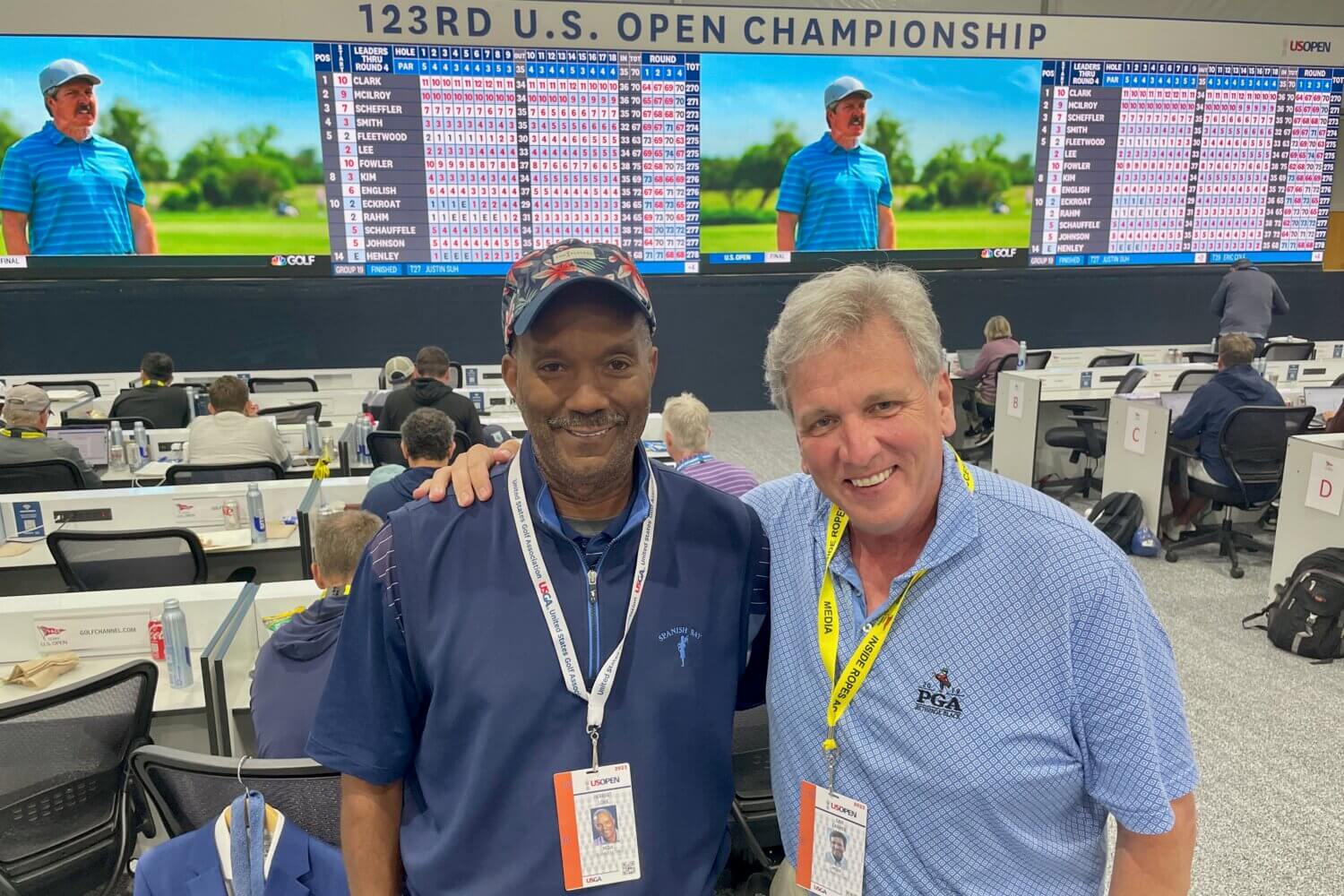
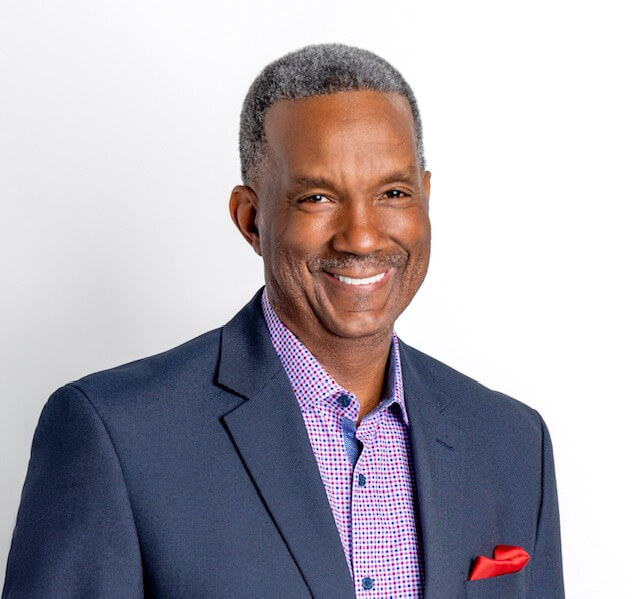

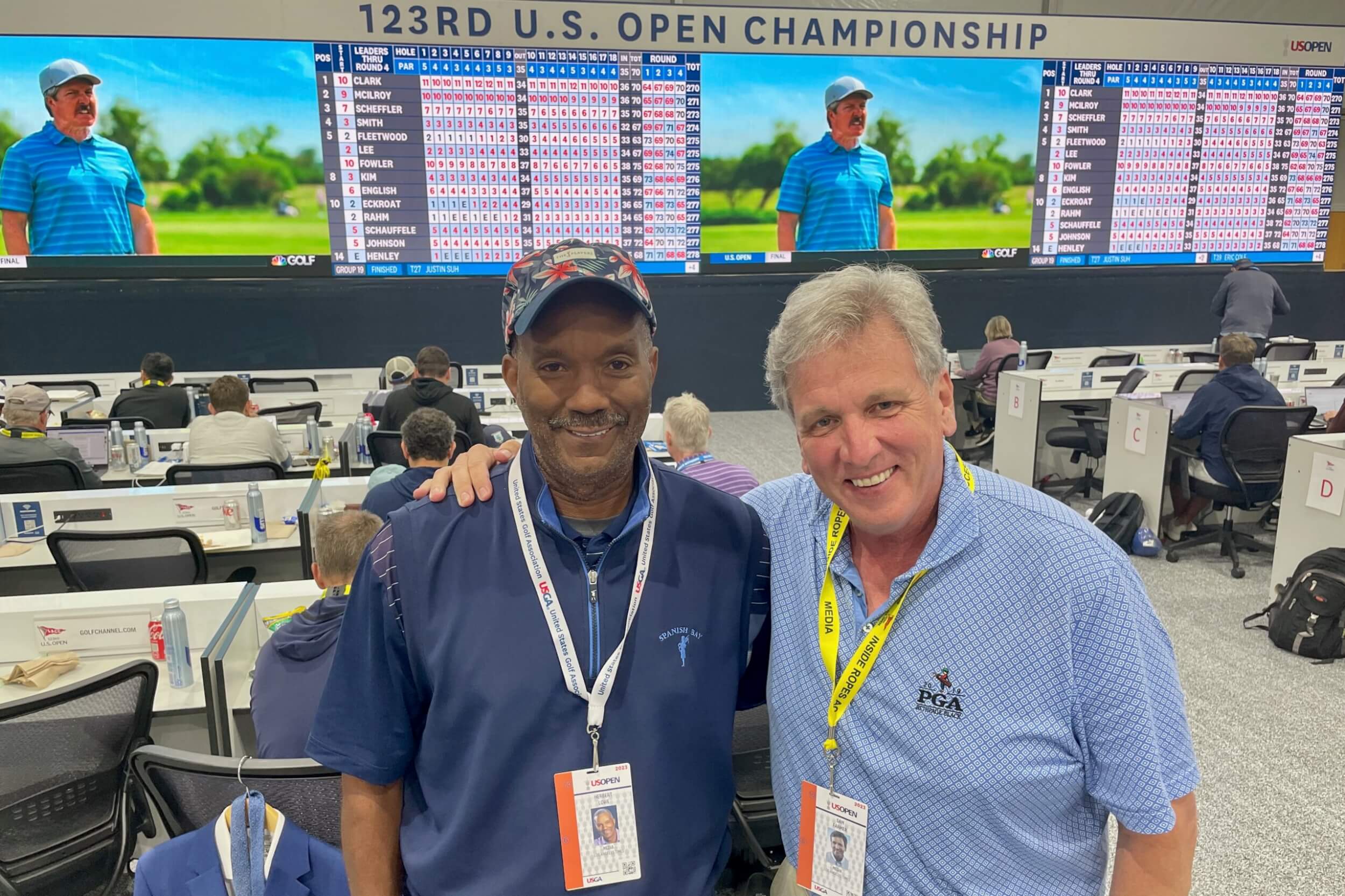
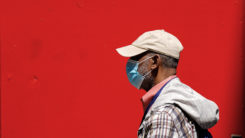

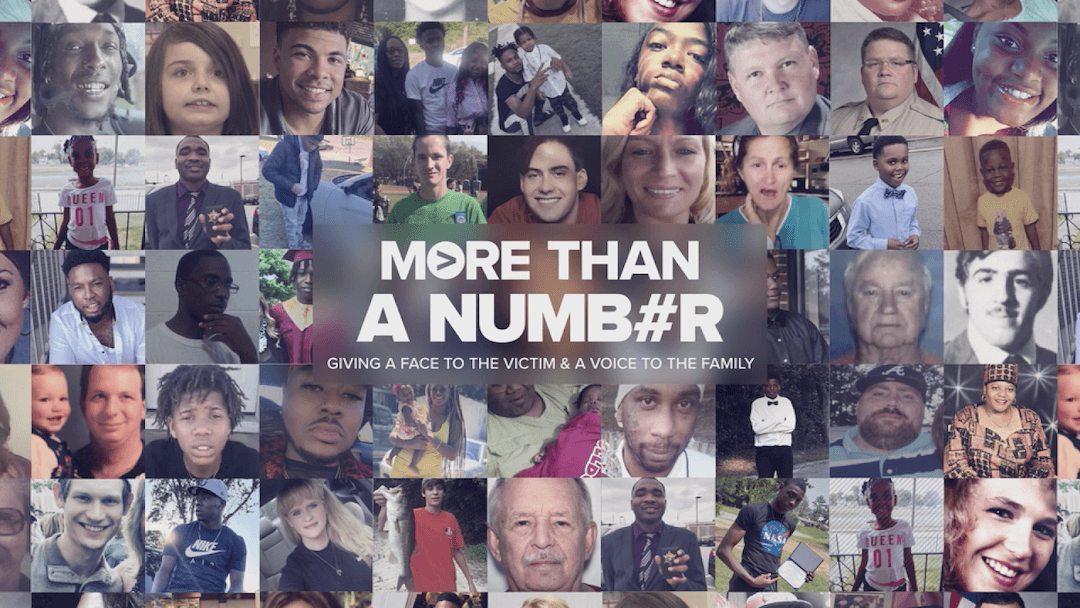
Comments